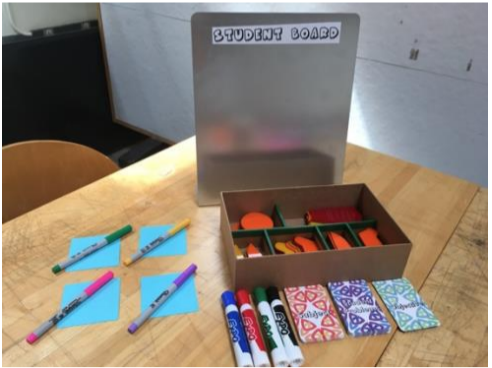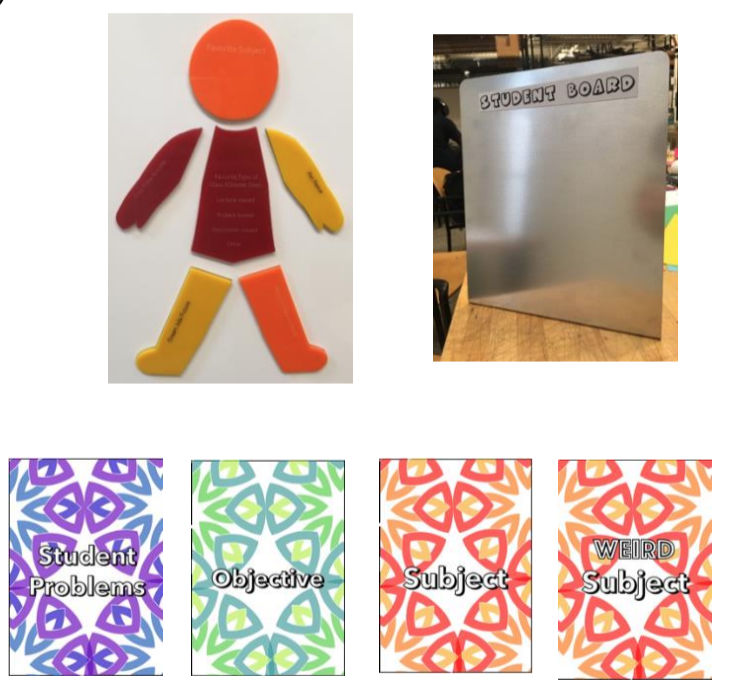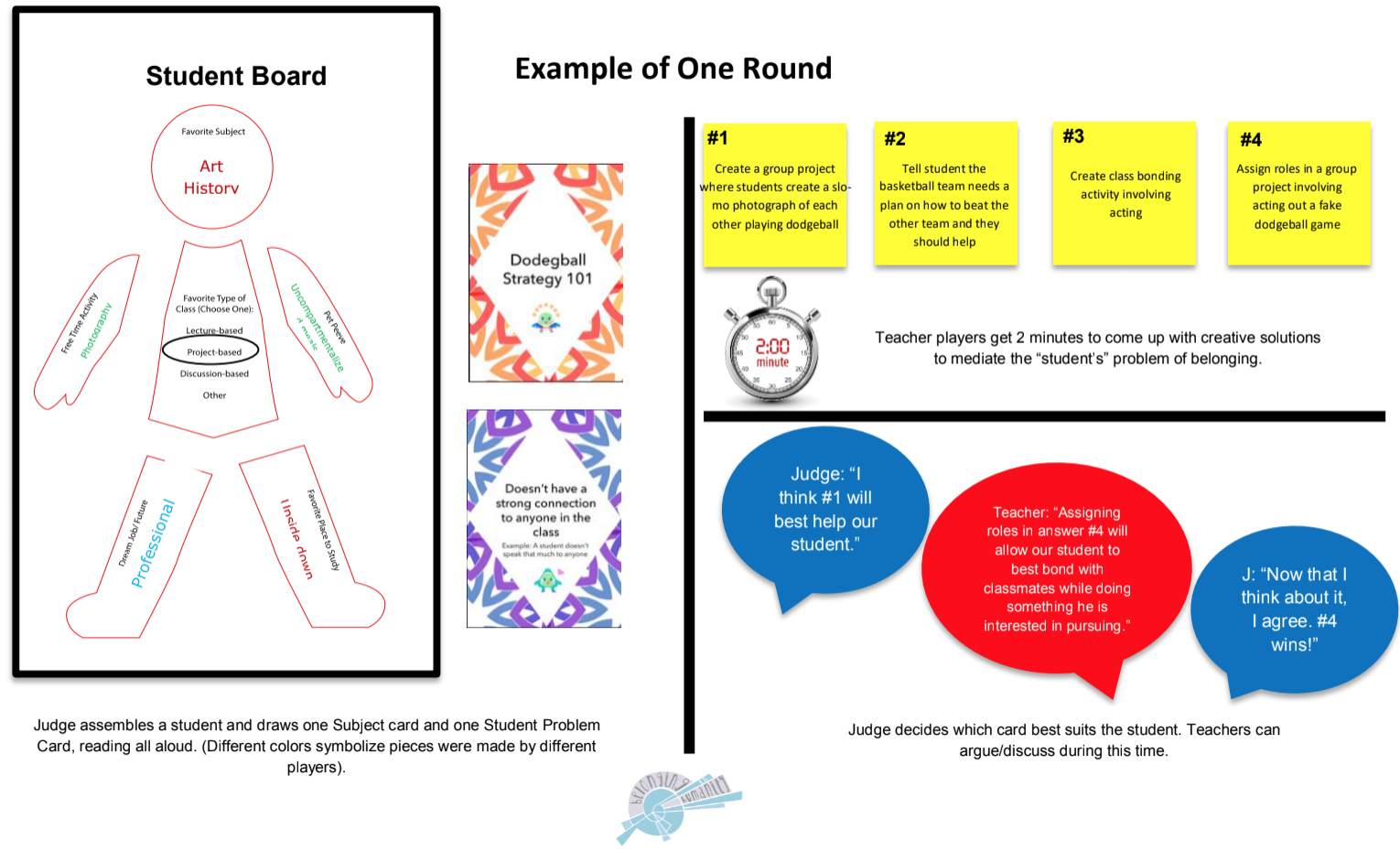The winner of the game will be the player who can consistently come up with creative, applicable solutions to a variety of different belonging issues real students face every day. Players will practice addressing and mediating the problem of student belonging in the classroom.
In this game, you will be creating an imaginary “student” who is assigned a problem of belonging in the classroom. Your role will be that of a teacher trying to help mediate that particular student’s issue.
Set Up Rules
- Distribute 4 sticky notes to each person, as well as a writing utensil.
- Place the box with Personality Traits (body parts) in the center of the table.
- Separate the playing cards into stacks based on their labels (i.e. Subject, Weird Subject, Objective, and Student Problems).
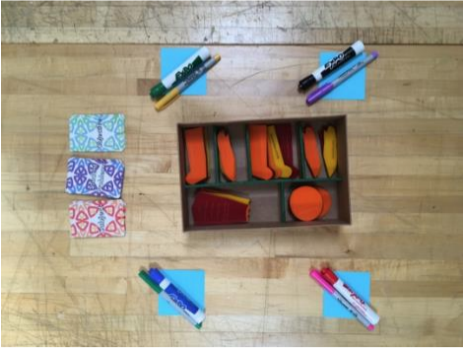
Gameplay
You will begin by creating the different personality traits of your imaginary “student”.
- Everyone grab one body part from each of the personality categories. You should have six total.
- Use a dry erase marker to fill in the categories. Feel free to get as creative as you want, these traits don’t have to be entirely realistic! These traits also do not have to be consistent with one another.
- For reference/inspiration, here are some past examples of personality traits:
- Favorite Subject: Mountain basket-weaving; Art History; Reverse Psychology
- Free Time Activity: Tipping cows; Scuba diving; Soccer
- Favorite Place to Study: On top of a pine tree; Castles; My Room
- Pet Peeves: People who take the long way to work; Dogs barking
- Dream Job/Future: Fortune teller; Professional traveler; Unlicensed DJ
- Place your completed personality traits back into their original piles once done.
- Now, choose one person to be the Judge for the round. If you are not the Judge, you are a Teacher.
- The Judge draws a Subject card and reads aloud to the entire group. This is the subject of your class for the entirety of the game and can be used to help guide your responses and give them structure.
Now, you will being a round of gameplay.
- The Judge draws one piece from each personality category at random, assembling them on the Student Board to create this round’s imaginary “student”. The Judge should read each trait aloud so that the entire group knows what makes up the student. Note: If you decide as a group that you would like to add additional personality traits/ circumstances to the student, you can add sticky notes on the board!
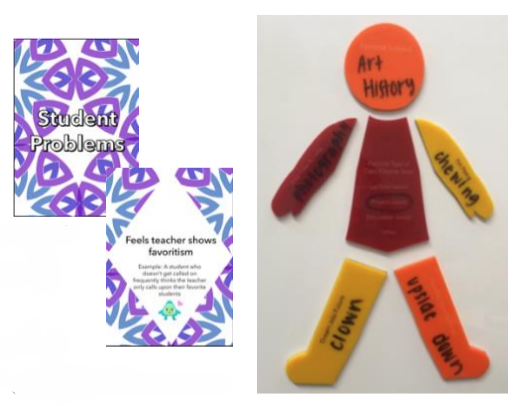
- Next, the Judge draws a card from the Student Problem deck and reads it aloud to the group. This is the issue that is affecting the “student” that has been assembled.
- The Teachers now have two minutes (Judge should keep time) to brainstorm a way to modify their classroom or create an idea that will mediate the particular Student Problem that is plaguing this round’s “student”. Use the sticky notes to sketch/jot down ideas.
- Note: The idea does not have try and address every trait the student has.

- After two minutes, everyone will pitch their idea to the Judge. Start with the person on the judge’s left and go clockwise.
- The Judge will now pick the solution that best suits the “student’s” needs. Teachers can argue for and against different cards as the Judge decides.
- Whoever’s idea wins becomes the new Judge and keeps the Student Problem Card.
- The new Judge should draw new traits to create a new “student” as well as drawing a new Student Problem. The Subject of the class stays the same throughout the game. Repeat steps 8-10 to play a new round.
Ending Steps
The game ends when someone has won 3 Student Problem Cards!
Alternative Game Modes
There are many variations of Belonging in Humanity to be played.
If you’re seeking to change up the traditional gameplay, here are some possible methods to do so.
Feel free to use one Alternative Mode at a time or combine them and play all at once!
Silly Class- if searching for a more creative/imaginative experience:
Use the Weird Subject cards instead of or combined with the normal Subject cards. These topics are different from any class you would see at a real school and their imaginative flair can spark creativity and excitement!
Goal-Oriented- if searching for a more structured/guided experience:
Use the Goals cards to define what each teacher is aiming to do with their answers within the round. This gives Teacher responses more structure and direction. You can either choose one Goals card for the entire game or shuffle them and have a new goal every round!
Every Subject- if searching for a more dynamic/shifting experience:
If you would like to simulate a classroom day where more than one subject is taught, you can change the Subject card with every round as opposed to keeping the same one for the entirety of the game. This will add more variability and keep you thinking on your toes.
FAQ
Some commonly asked questions and issues:
What are the blank Student Problem Cards for?
These are for players to fill in themselves if they have new belonging problems they have encountered personally or simply a new belonging idea to add to the deck.
How do we use the Objective Cards?
See Alternative Game Modes.
Are the personality trait parts reusable?
Yup! The “body part” personality traits are dry erasable and can be reused for repeated gameplay.
Who times the two minute long rounds?
The Judge.
Do we change the Subject Card every round?
You can if you choose to! See Alternative Game Modes.
Does my answer to the Student Problem need to address all of the “student’s” personality traits?
No, it does not have to address all of them.
Does my answer to the Student Problem have to relate to the Subject Card?
No, your answer does not have to explicitly mention the subject but it cannot contain content contradicting the subject.
Does my student have to be realistic?
Your student does not need to be realistic at all, but they can be if you choose.
As the Judge, do I choose the winner based off of which answer I like best personally or which answer will best help the “student”?
You should ultimately make the decision based off of what will help the “student”, though this may also coincide with which answer is your personal favorite.
 TSL Playground
The Name Game
Guess that motivation
Feed-it
Chapter V
Belonging in Humanity
About Us
TSL Playground
The Name Game
Guess that motivation
Feed-it
Chapter V
Belonging in Humanity
About Us
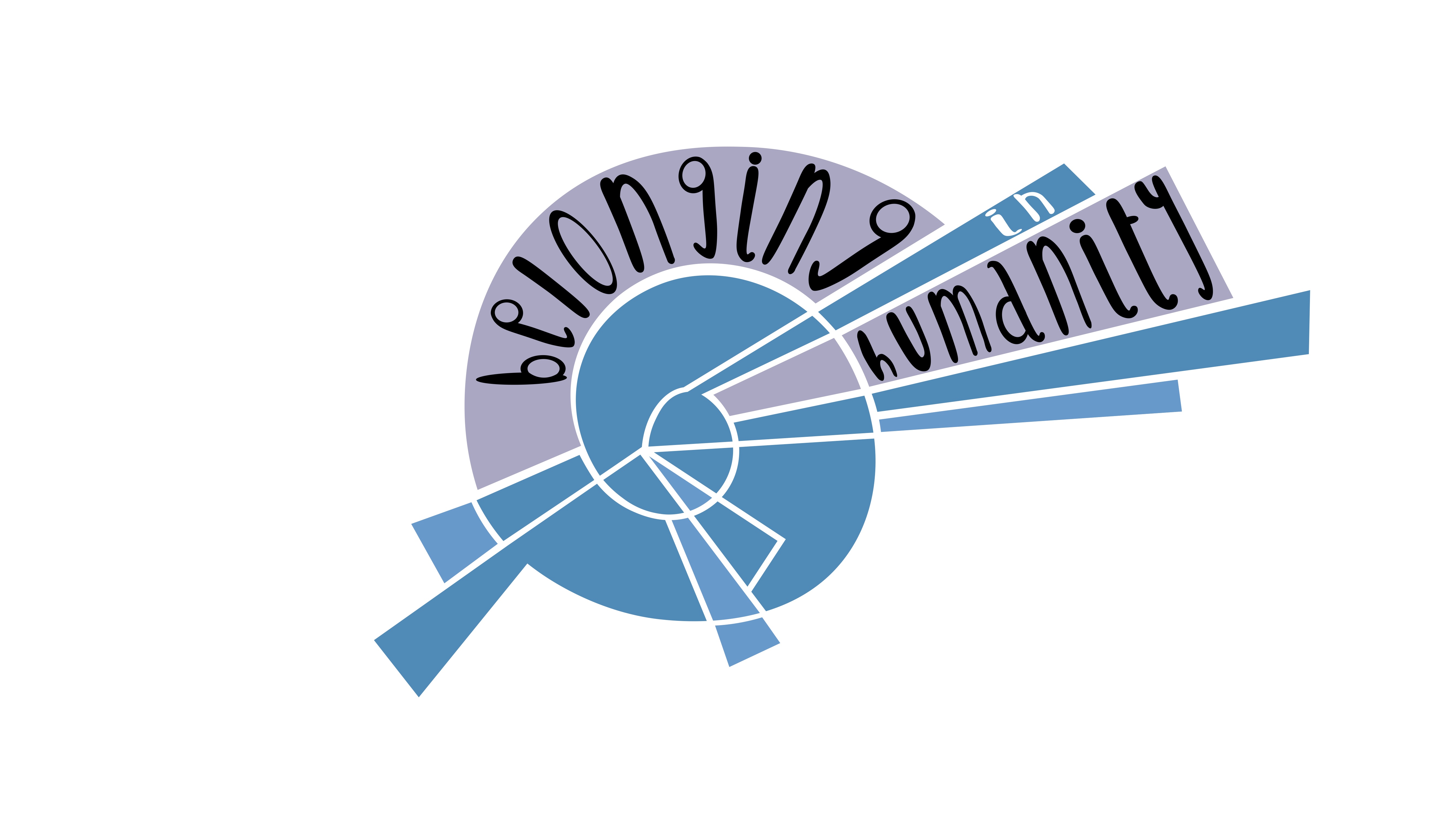 Belonging in Humanity
Belonging in Humanity
